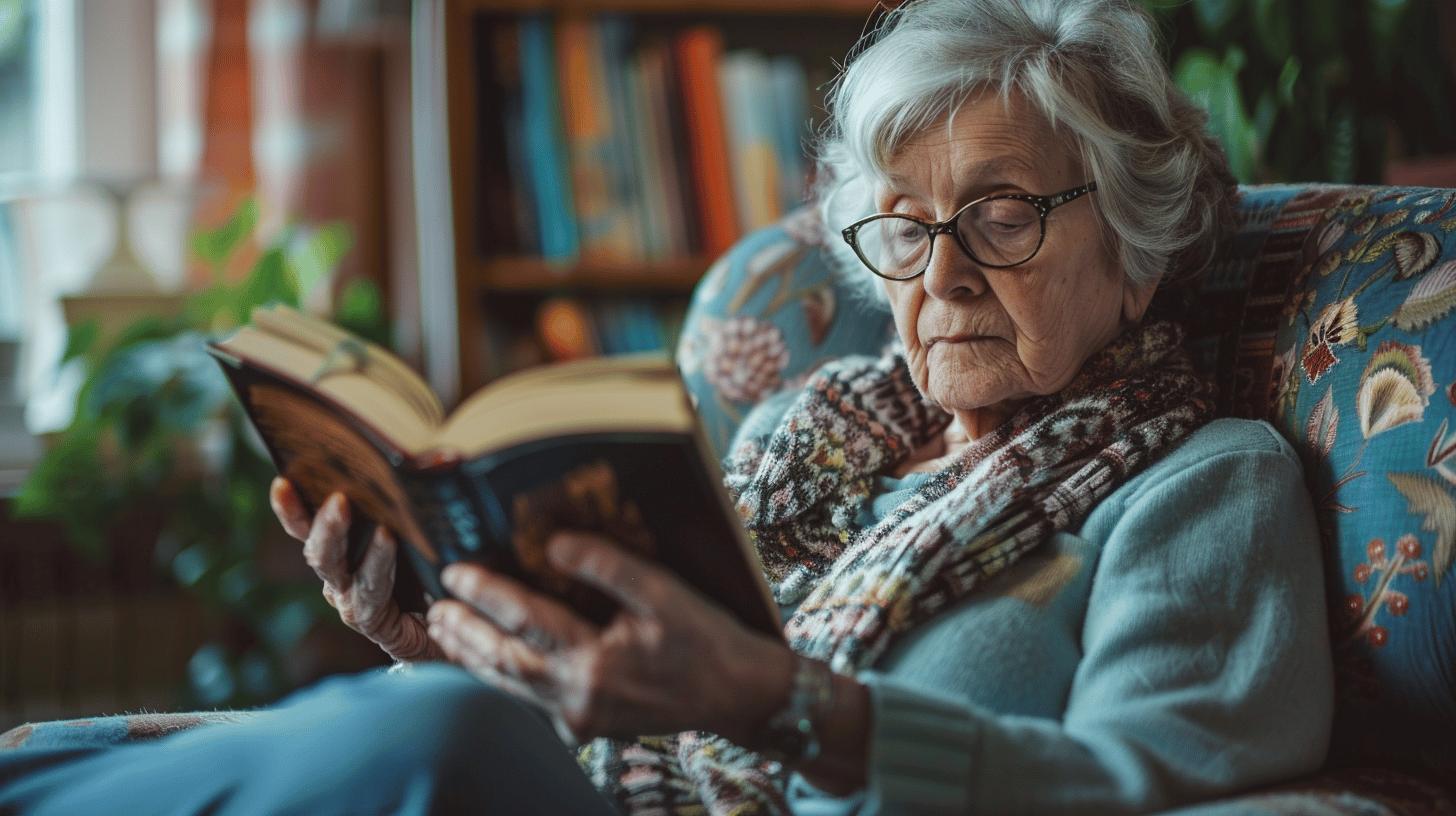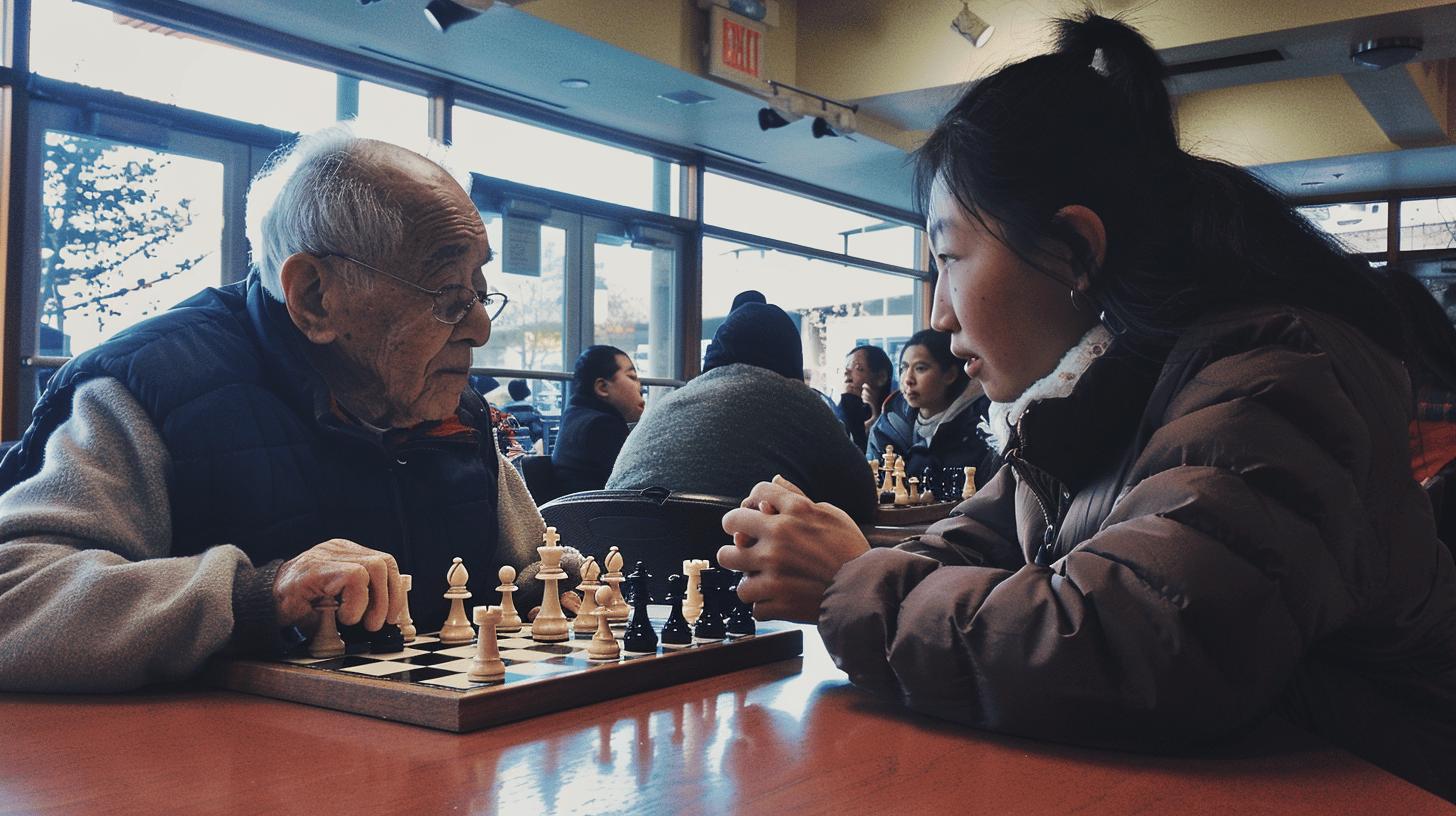Is it possible to grow happier and more fulfilled as we age? The journey through late adulthood—a period starting from age 60 to 75—is marked by both gains and losses that shape one’s socioemotional development profoundly. Understanding how psychological and social changes can impact well-being during these years equips us with better strategies to support ourselves and our loved ones. This article delves into the key insights of late adulthood socioemotional development, exploring how we can navigate this significant life stage while maintaining emotional health and resilience.
Understanding Socioemotional Development in Late Adulthood
Late adulthood, defined as ages 60 through 75 years, is marked by a variety of physical, psychological, and social changes. This stage involves both gains and losses, shaping the overall socioemotional landscape. Psychological changes encompass cognition, mental health, personality, and beliefs, with potential for both growth and decline. Social transitions, such as retirement and the loss of a spouse, influence emotional well-being and social roles, requiring adjustments and new coping mechanisms.
Primary aging refers to inevitable biological processes like sensory decline and muscle weakening. Secondary aging, however, results from conditions or illnesses influenced by lifestyle and genetics, such as heart disease or arthritis. Understanding the distinction between these two types of aging helps in comprehending how they impact socioemotional development.
- Shifts in social roles
- Changes in emotional regulation
- Increased focus on life reflection
- Adaptive coping mechanisms
- Variations in social connections
These socioemotional changes significantly impact overall well-being in late adulthood. Positive social connections and adaptive coping strategies can enhance mental health and emotional stability. Conversely, challenges like social isolation or poor health can exacerbate feelings of loneliness or depression. Hence, fostering strong support systems and maintaining an active lifestyle are crucial for successful aging during this life stage.
The Role of Social Connections and Support in Late Adulthood

Social changes in old age can significantly shape an individual's emotional and psychological landscape. Common changes include retirement, loss of a spouse, and shifts in social roles. These transitions demand adjustments and can influence overall well-being. Research indicates that older adults who retire or work part-time often adjust well, with some experiencing improved health and well-being. Social connections, support, and a positive personal attitude are crucial in navigating these changes.
Retirement and Its Effects
Transitioning into retirement can be a major life event with both positive and negative socioemotional impacts. While some individuals feel relief and liberation, others may struggle with a loss of identity and purpose. Those who engage in meaningful activities or part-time work often report higher levels of satisfaction and better health outcomes. The key is finding a new sense of purpose and maintaining active social connections.
- Enhanced emotional well-being
- Increased mental stimulation
- Better physical health
- Greater resilience to stress
Social isolation poses significant risks to mental and physical health in late adulthood. A lack of social connections can lead to loneliness, depression, and cognitive decline. Conversely, strong social support systems can mitigate these risks. Engaging in community activities, maintaining friendships, and fostering family relationships are essential strategies for successful aging. Being proactive in nurturing these connections can improve overall quality of life and emotional stability.
Emotional Changes and Coping Mechanisms in Late Adulthood
Late adulthood brings various emotional changes, often driven by shifts in cognition, mental health, personality, and beliefs. Common emotional changes include dealing with loss, adapting to new roles, and finding new sources of fulfillment. As individuals reflect on their lives, a positive attitude towards past experiences can contribute significantly to successful aging. Adapting to these emotional changes requires effective coping mechanisms and robust emotional support systems to maintain mental health.
Dealing with Loss
Elderly individuals frequently face the challenge of coping with the loss of loved ones, such as spouses, friends, or family members. How do elderly individuals cope with the loss of loved ones? They often rely on emotional support systems, grieving processes, and finding new roles or activities to fill the void left by the loss.
This period of adjustment can be difficult, but many find solace in community involvement, spiritual practices, or engaging in hobbies. By staying connected with others and maintaining a sense of purpose, older adults can navigate these changes more effectively.
- Staying socially connected
- Engaging in physical activities
- Practicing mindfulness and meditation
- Seeking professional help when needed
- Maintaining a positive outlook
Emotional support systems play a crucial role in helping elderly individuals manage the emotional changes of late adulthood. Support from family, friends, and community organizations provides the necessary emotional foundation to cope with life's challenges. Additionally, having access to mental health professionals can offer guidance and therapeutic interventions.
Why are emotional support systems important for the elderly? They help maintain mental health and emotional stability, fostering a sense of belonging and reducing feelings of loneliness and depression. By prioritizing strong support networks, elderly individuals can enhance their overall well-being and navigate late adulthood with greater resilience.
The Impact of Physical and Cognitive Changes on Socioemotional Development

As individuals age, they experience a range of physical changes that can significantly influence their socioemotional development. Primary aging involves inevitable biological declines, such as reduced sensory capacity, and decreased heart, lung, kidney, and muscle function. These changes can limit physical activities, leading to decreased social interactions and potential feelings of isolation. Secondary aging, on the other hand, results from lifestyle choices, genetic factors, and health conditions like heart disease, cancer, dementia, and arthritis. These conditions can exacerbate the challenges faced during late adulthood, further impacting emotional well-being.
Primary and Secondary Aging
Primary aging refers to the natural, unavoidable biological processes that occur as people get older. These include sensory decline, muscle weakening, and reduced organ function. Secondary aging differs in that it is influenced by external factors such as health habits, heredity, and diseases. Conditions like heart disease, cancer, dementia, and arthritis fall under secondary aging. Understanding the distinction between primary and secondary aging helps in recognizing how these changes impact socioemotional development.
| Physical Change | Impact on Socioemotional Development |
|—————————————–|—————————————————————|
| Sensory decline | Reduced engagement in social activities due to communication issues|
| Decreased muscle and organ function | Limited physical activity, leading to social isolation |
| Heart disease and cancer | Increased stress and anxiety, affecting emotional stability |
| Dementia and arthritis | Challenges in memory and mobility, impacting social interactions|
Cognitive changes in late adulthood include both gains and declines. While older adults often have more life experiences and accumulated knowledge, they may also face declines in reasoning, processing speed, and memory. These cognitive changes can influence socioemotional development by altering how individuals interact with their environment and others. For some, the loss of cognitive function can lead to frustration and decreased self-esteem. However, those who maintain cognitive health through mental stimulation and social engagement can experience a more positive aging process.
Overall, physical and cognitive changes are integral to understanding socioemotional development in late adulthood. Recognizing these changes can help in creating supportive environments that promote well-being and resilience among older adults.
Socioemotional Development Theories and Models in Late Adulthood
Erikson's stages of development provide a foundational framework for understanding socioemotional changes in late adulthood. His final stage, "integrity vs. despair," focuses on reflecting upon one's life with a sense of fulfillment or regret. How does Erikson's theory apply to late adulthood? It emphasizes the importance of reconciling life experiences to develop a sense of integrity. Achieving integrity involves accepting one's life as it is and finding peace with past decisions and actions. Failure to do so can result in despair, characterized by feelings of regret and dissatisfaction.
Integrity vs. Despair Stage
The "integrity vs. despair" stage is Erikson's eighth and final stage of psychosocial development. In this stage, individuals in late adulthood reflect on their lives and either achieve a sense of integrity or fall into despair. What is the significance of this stage? It is crucial for emotional well-being. Integrity involves accepting the life lived, recognizing successes and failures, and finding a sense of completeness. Despair, on the other hand, comes from regret and the belief that one's life has been wasted, leading to feelings of bitterness and hopelessness.
- Selective Optimization with Compensation (SOC) Model
- Socioemotional Selectivity Theory (SST)
- Continuity Theory
The Selective Optimization with Compensation (SOC) Model focuses on adapting to age-related changes by selecting important goals, optimizing resources to achieve them, and compensating for losses. The Socioemotional Selectivity Theory (SST) suggests that as people age, they prioritize emotionally meaningful goals and relationships. Finally, the Continuity Theory posits that individuals maintain consistent patterns of behavior, relationships, and activities throughout their life span, aiding in emotional stability and well-being.
Understanding these theories provides practical applications for improving the lives of older adults. For example, applying the SOC Model can help individuals focus their energy on achievable goals, thereby enhancing their quality of life. The SST encourages older adults to invest in relationships that bring emotional satisfaction. Continuity Theory highlights the importance of maintaining familiar activities and social ties to support emotional health. By integrating these theories into daily practices, caregivers, family members, and older adults themselves can foster a more fulfilling and emotionally stable late adulthood.
Practical Examples and Case Studies of Socioemotional Development in Late Adulthood

Practical examples and case studies are pivotal in understanding socioemotional development in late adulthood. They offer real-world insights into how individual qualities, lifestyles, and community involvement shape the socioemotional landscape of the elderly. What is the importance of practical examples? They highlight the diverse ways older adults adapt to changes and maintain their well-being through various strategies. Successful aging often involves engaging in meaningful activities, maintaining a positive attitude towards past experiences, and fostering strong social connections.
Individual qualities and lifestyle choices play a significant role in socioemotional development. How do individual qualities affect socioemotional well-being in the elderly? Personal attributes, such as resilience and adaptability, help older adults cope with life changes. A lifestyle that includes physical activity, social engagement, and mental stimulation contributes to overall well-being. Community support also enhances socioemotional health by providing opportunities for social interaction and a sense of belonging.
Case Study
Mary, a 72-year-old widow, exemplifies successful socioemotional development in late adulthood. After losing her spouse, Mary struggled with loneliness and a sense of purposelessness. To cope, she decided to volunteer at a local community center. How did this decision impact her socioemotional well-being? By engaging with others and participating in group activities, Mary rebuilt her social network and found new meaning in her life.
Mary's involvement in the community center allowed her to make new friends and stay mentally and physically active. She joined a book club, attended fitness classes, and even started leading art workshops. These activities not only enriched her daily routine but also bolstered her emotional resilience. Over time, Mary developed a positive outlook on her life, finding joy and fulfillment in her new roles and relationships. This case illustrates how proactive engagement and community support can significantly enhance socioemotional well-being in late adulthood.
Final Words
Understanding socioemotional development in late adulthood involves examining physical, psychological, and social changes.
Key elements include primary and secondary aging, social connections, and emotional coping mechanisms.
These factors influence overall well-being and adaptation in these later stages of life.
By focusing on strong support systems and effective coping strategies, individuals can enhance their late adulthood experience.
This holistic approach to late adulthood socioemotional development promotes a fulfilling and positive aging process.
FAQ
What is socioemotional development in late adulthood?
Socioemotional development in late adulthood involves changes in social roles and emotional experiences, including dealing with retirement, loss, and adapting to new social dynamics.
What are the social developments of late adulthood?
Social developments in late adulthood often include retirement, loss of a spouse, and shifts in social roles, impacting how individuals interact with their social environment.
What is the socioemotional selectivity theory of adults in late adulthood?
The socioemotional selectivity theory posits that older adults prioritize emotionally meaningful relationships and activities, focusing on positive interactions and emotional satisfaction.
What happens in late adulthood socially?
In late adulthood, individuals may experience retirement, loss of a spouse, and changes in social roles, leading to shifts in their social interactions and support networks.
What are examples of late adulthood socioemotional development?
Examples of late adulthood socioemotional development include forming new friendships, deepening existing relationships, volunteering, and engaging in meaningful hobbies.
What is emotional development in late adulthood?
Emotional development in late adulthood includes adapting to loss, finding new sources of fulfillment, and maintaining a positive attitude towards past and present experiences.
How does cognitive development change in late adulthood?
Cognitive development in late adulthood may show both growth in wisdom and decline in areas like memory and processing speed, influenced by lifestyle and health.
What are the stages of late adulthood development?
The stages of late adulthood development often cover changes in physical health, cognitive abilities, and socioemotional aspects, such as retirement and social role transitions.
What are the psychological changes in late adulthood?
Psychological changes in late adulthood encompass cognitive shifts, mental health variations, personality adjustments, and belief transformations, with potential for both growth and decline.
How does physical change affect socioemotional development in late adulthood?
Physical changes, such as declines in sensory capacity and muscle function, can impact socioemotional development by altering activities and social interactions, thus affecting overall well-being.


